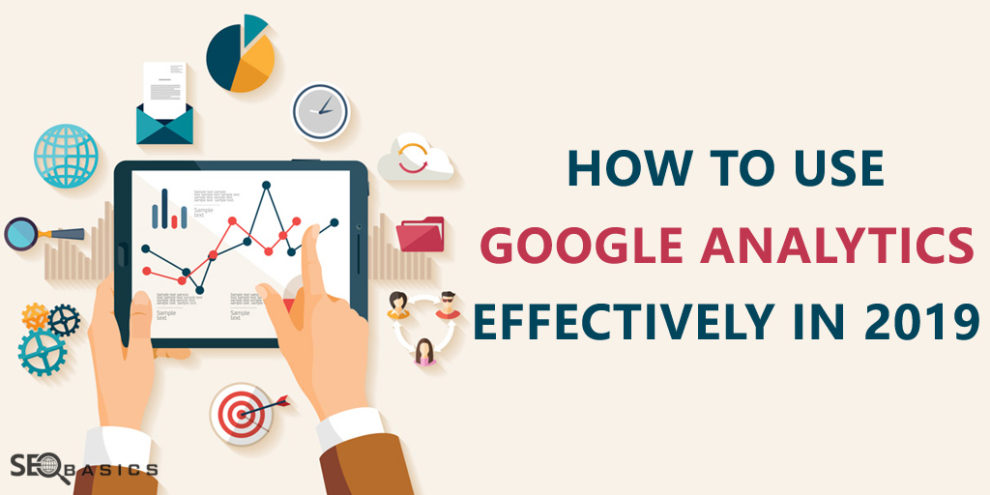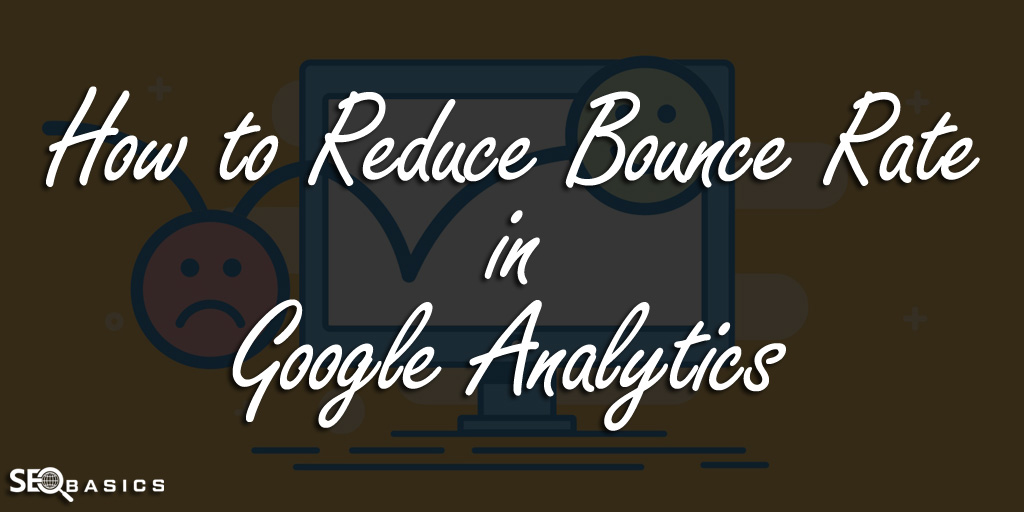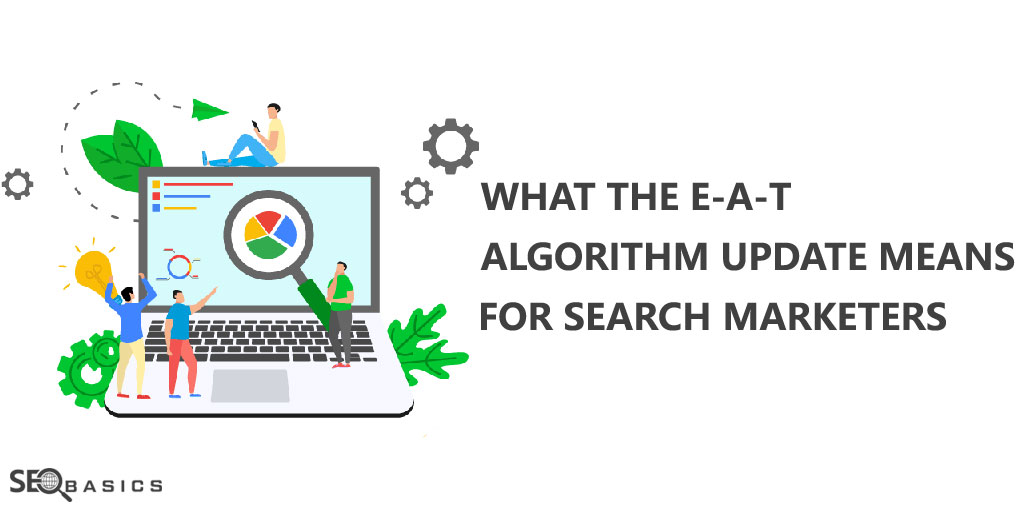How to use Google Analytics Effectively in 2019?
Is this the question that keeps hovering your mind?
Are you wondering how many users actually visit your website?
Do you want to track the performance of your campaigns?
Yes?
Great!
Google Analytics is the perfect platform that compliments your needs and requirement to track the performance of your website.
It provides easy and free ways to track and analyze the behavior of your visitors on your website. There may be times when you actually get millions of visitors every month but if you know nothing about the visitor behavior, then those visitors are simply meaningless.
Google Analytics helps you to understand the behavior of the visitors and assists you to convert them into potential customers.
So what are you waiting for, let’s dive in the pool of Google Analytics and know how to use Google Analytics effectively in 2019 to get more positive online results.
What is Google Analytics?
It is one of the most popular and frequently used web analytics services. It is a free web analytics service offered by Google that tracks and provides statistical and analytical tools for Search Engine Optimization (SEO) and gives an in-depth analysis of the traffic generated on your website. Not only it helps to track the pages on your website but also helps to compare the progress of your online campaigns.
Why Do You Need to Use Google Analytics?
To know how to use Google Analytics, you should first understand the need to use it. This will give you a clearer vision of the importance of Google Analytics.
1. Easy to Use and Free of Cost
Being such a useful tool in the world of digital marketing, it is easy to use and gives accurate data. It requires a little specialization at the start but is easy to learn the basic functionality of the tool. Google Analytics is free to use. You only need a working Gmail account to use the tool.
2. Create and Track Campaigns
Google Analytics helps you to create campaigns and track them effectively in order to ensure that the desired goals are achieved if not necessary action is taken to complete the goals.
It also helps to create campaigns on different platforms which helps to increase the traffic and improve conversion rate.
3. Custom Reports
With the help of Google Analytics you can create customized reports according to your priorities and can also create reports on campaigns created for the website. It gives an insight into how the website is faring across different platforms and helps to increase the conversion with the analysis of statistical data provided.
4. Pages Popularity
Every website has some pages which are more popular and are being visited more than other pages. Google Analytics shows you exactly which pages are the most visited and which are not. With the help of reports provided through Google Analytics, you can help to improve less popular pages and make the popular pages even better so the visitors are tempted to stay on the website for a longer duration of time. This will eventually help you to improve the conversion rate.
5. Content Creation
Google Analytics also provides you with reports on the pages visitors visit the most and the content that is being shared by the visitors. With the help of such reports, the content can be created as per the liking of the visitors in order to get more views and help improve conversion rates. Such reports will also help you to enhance the content accordingly so as to make it relevant too.
6. Social Platforms
It gives you reports on how your campaigns are working on different social platforms across the internet. The reports on Google Analytics help you to see which social platform is the source of the most engagement, so more funds can be allocated on advertisement accordingly.
7. Geographical Engagement
With the reports provided on Google Analytics you can see which geographical areas engage with your website the most. Identifying the most engaging area helps you to build more personalized content so that engagement and conversion can increase furthermore.
How to Setup Google Analytics Account
Till now, in this tutorial, you must have understood what is Google Analytics and the need to use it. Let us now understand and know how to setup Google Analytics account.
Step 1: Visit the Google Marketing Platform to create your account on Google Analytics.
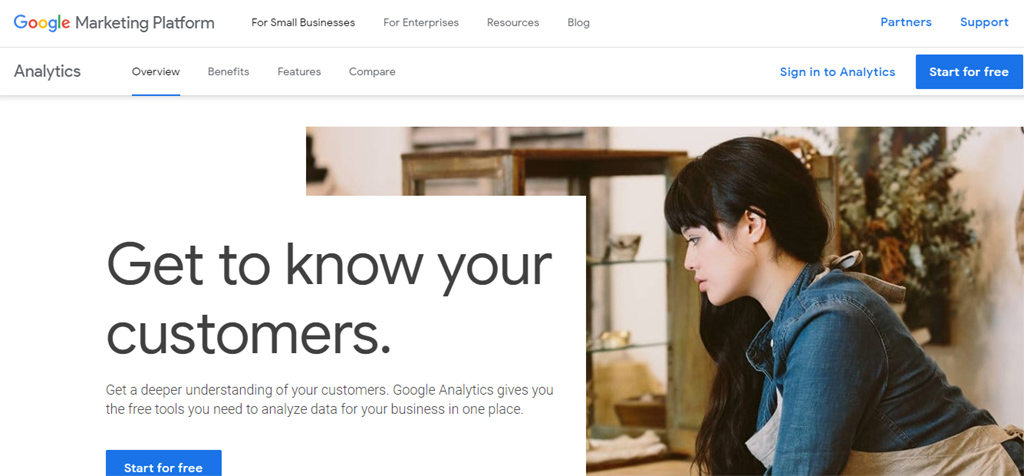
Step 2: If you already have a Gmail account, then click “Sign Up” and if you do not have a Gmail account, then you will have to create one first.

Step 3: Fill in your Account Name, Website Name and Website URL. Select the type of industry and reporting time zone.
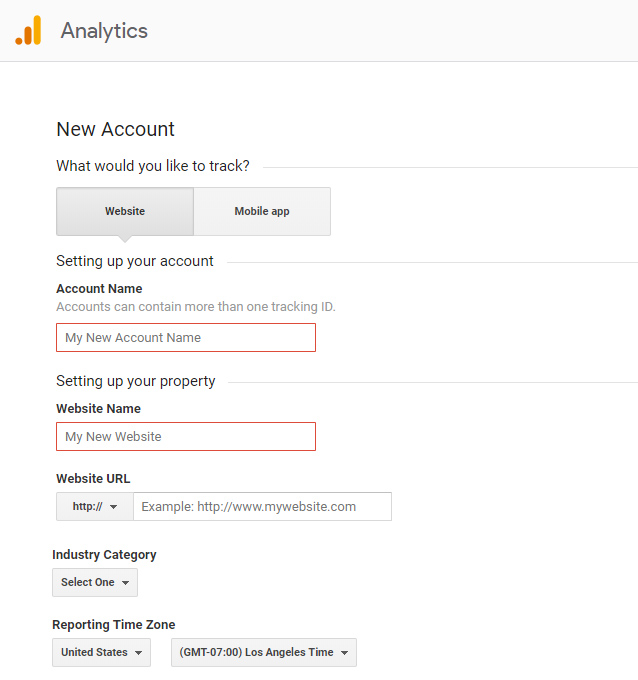
Step 4: In the Data Sharing Options, choose the boxes that you want to use.

Step 5: Click on “Get Tracking ID”
![]()
Step 6: Click on “I Accept” from the Google Analytics Terms of Service Agreement.
Step 7: Add the Tracking ID to your website.
How Does Google Analytics Work?
Are you looking forward to knowing how does Google Analytics work? With the help of Google Analytics, you get insights on various advanced metrics and data about your website and its performance. However, a lot of beginners still consider data collection to be a very daunting and complex process.
Google Analytics uses Javascript tracking code to collect data and insights on the performance of your website like the number of website visitors and their interactions.
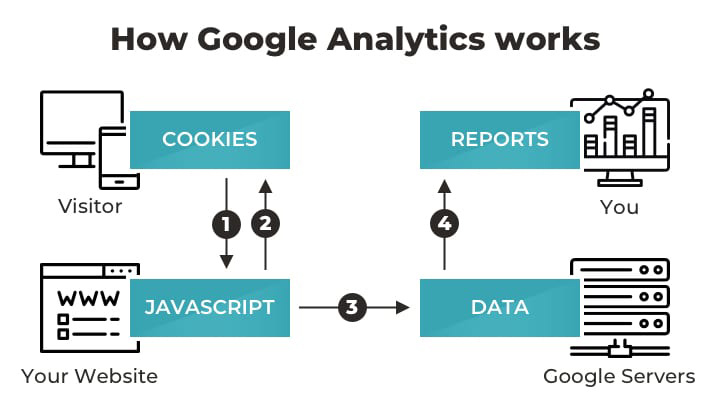
You need to add the Javascript code on your website after creating a Google Analytics account. Once all this is done, it is going to drop a cookie in the user’s browser for your website. This will help you to track each and every interaction that any viewer performs on your website.
Well, interactions can be any type of actions that a viewer performs on your website. It can be clicking on a link or viewing a video or even reading a blog post.
The tracking code sends information about the users and interactions to Google Analytics and this information is called a hit.
There are 3 most common types of hits;
1. Page View Hit
It is triggered when a user loads a page with the tracking code on your website.
2. Event Hit
It is triggered when the user interacts with a particular element of your website like watching a video, filling a form or clicking on an Ad.
3. Transaction Hit
It is triggered when the data about the user’s e-commerce details are tracked.
The information is sent in the form of a URL and includes information like the language of the user’s browser, user’s device, the screen resolution, name of the page and Analytics ID.
Furthermore, it broadens the collected data by using other metrics like IP address, server log files, and other ad data. This additional information provided by Google Analytics is further used to understand things like the location, age, gender, operating system, the medium of the user.
Top Tips to Use Google Analytics
1. Goals
Every website is built with a goal or a purpose that requires the desired action by the user or the visitor. The goal/purpose may be different for each website and hence needs to set accordingly. The landing page needs to be optimized in order to get more engagement and conversions.
Goals are important when there is already a set of course of action for your visitors/users to follow. Goals are useful as they help to precisely measure and compare the success and failure of different channels.
Steps to Set-up Goals in Google Analytics
Step 1: Go to your GA Dashboard and click on “Admin”.

Step 2: Click on Goals.
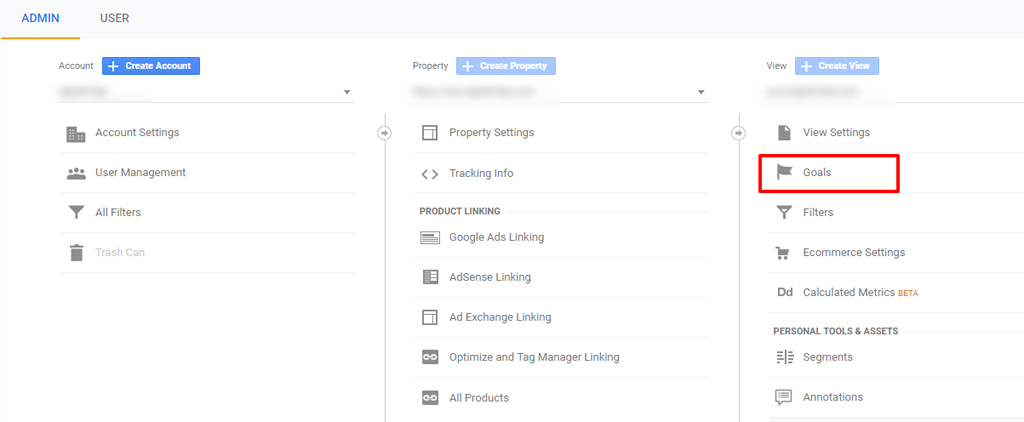
Step 3: Click on “+ New Goal” and select your goal.

2. Real-Time Analytics
One of the most exciting reports in Google Analytics is the Real-Time Report. Real-Time Report not only offers you statistics but also shows the behavior of the visitors. It shows the number of visitors on your website and on top of that, it also shows the source of active users i.e. paid, organic and direct.
The real-time report helps to understand the traffic more efficiently as you can see the conversions of goals and geographical locations of visitors through the report.
Steps to See Real-Time Analytics
Step 1: Go to your GA Dashboard and click on “Real-Time”.
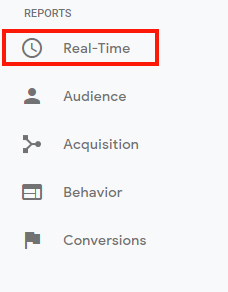
Step 2: After clicking on “Real-Time”, you will get a drop down menu as mentioned below.
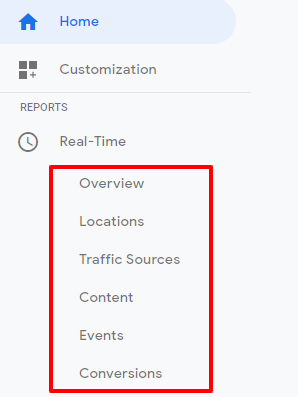
Here, you will get insights on the locations, traffic sources, content, event and conversions.
3. Bounce Rate
One of the key metrics of Google Analytics is the bounce rate. Bounce Rate is the percentage of visitors who leave the website after viewing only one page. It is an important metric as it showcases the characteristics and nature of the website.
The higher the bounce rate the less are the chances of conversion. Bounce Rate can help to optimize the pages having a higher bounce rate thereby increasing the chances of conversion.
Steps to See the Bounce Rate
Step 1: Open the GA Dashboard and click on “Audience”.
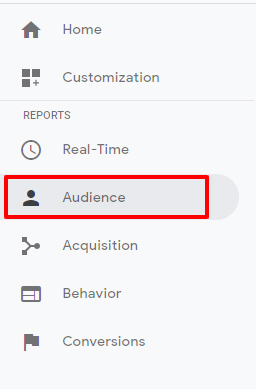
Step 2: Click on “Overview”.
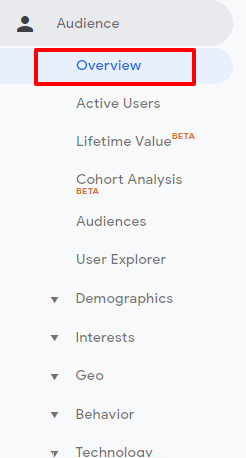
Step 3: Scroll down the screen and you will find the “Bounce Rate”.
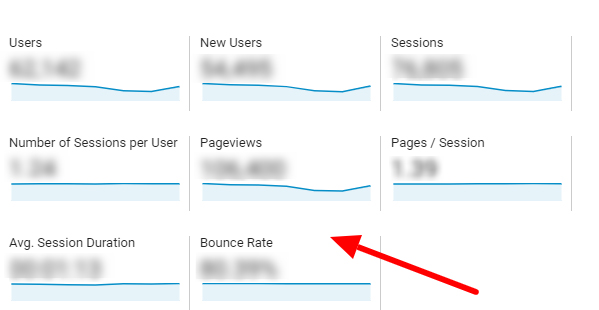
4. Social Reports
Another important report is the social report which helps to seek the overall objectives of the website. Google Analytics helps us to analyze all the social media channels through which the website is getting traffic and conversions.
With the help of social reports, we can identify the best platform for our website and enhance the quality of the content provided by the website. With day to day increase in the social media platforms and with the help of social reports, the traffic can be tracked and massively increased too.
Steps to See the Social Reports
Step 1: Open the GA Dashboard and click on “Acquisition”.
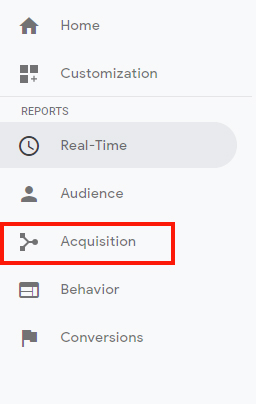
Step 2: Click on “Social”.
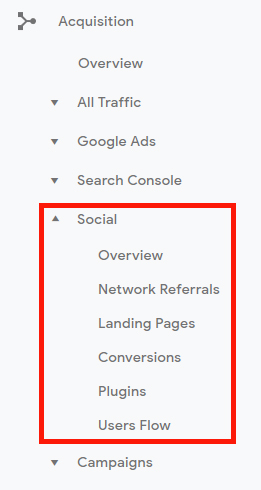
Step 3: Select the social report that you would like to view.
5. Web Browsers Report
Another key element in Google Analytics is that you can identify the browser that gives you the most traffic and work upon the browsers that give you the least traffic. The report helps you to analyze the browsers being used the most so that you optimize your website accordingly and try to eliminate all the loopholes that lead to fewer conversions.
Steps to See the Web Browsers Report
Step 1: Open the GA Dashboard and click on “Audience”.
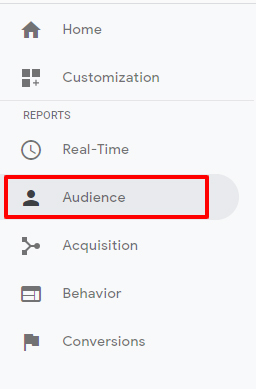
Step 2: Click on “Technology”.
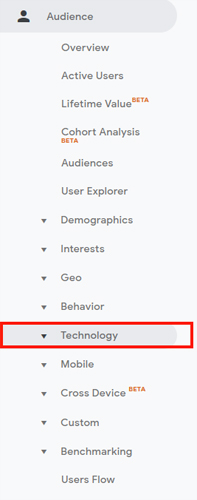
Step 3: Click on “Browser & OS”.
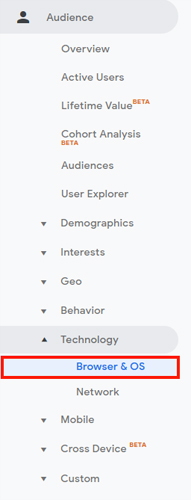
6. Identifying Slow Loading Pages
Another key element in Google Analytics is to identify the pages that are slow to load so that these pages can be optimized and help the website to enhance conversions. Pages with slow loading speed often are overlooked by users and therefore the chances of conversion decrease.
Steps to See the Page Timings Report
Step 1: Open the GA Dashboard and click on “Behavior”.
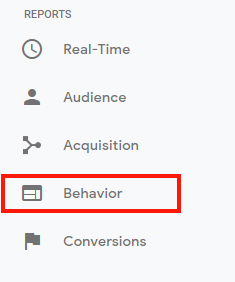
Step 2: Click on “Site Speed”.
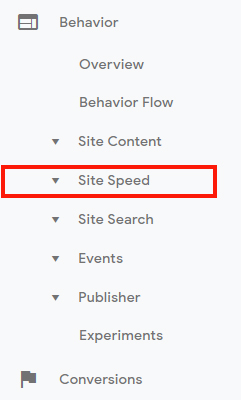
Step 3: Click on “Page Timings”.
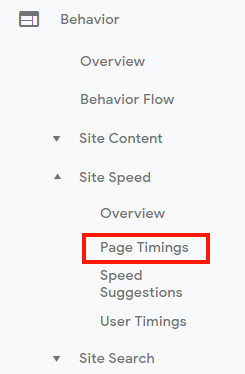
7. Landing Pages Reports
The most important page on a website for a new user is the landing page. A visitor decides to further explore on a website only when the landing page serves his purpose and gives a positive idea about the website.
Therefore, the landing page reports are necessary to be looked upon as they serve as the first step to conversion. You should be aware of the performances of all your landing pages as they directly enhance the conversions.
Steps to See the Landing Pages Reports
Step 1: Go to the GA dashboard and click on “Behavior”.

Steps 2: From the drop down menu, click on “Site Content”.
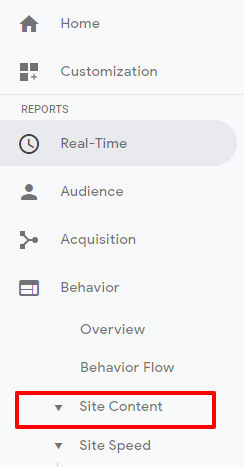
Step 3: Click on “Landing Pages”.
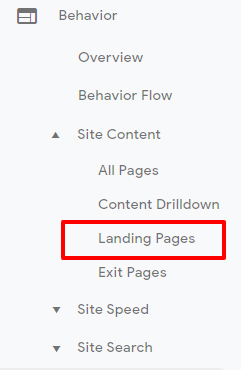
Final Thoughts
Google Analytics is an amazing tool for measuring the traffic of your website. It can provide you with the right insights and tips so that you can improve your website in order to maximize conversions.
Hopefully, this tutorial has provided you with all the essential information and has answered the question on how to use Google Analytics effectively in 2019.



